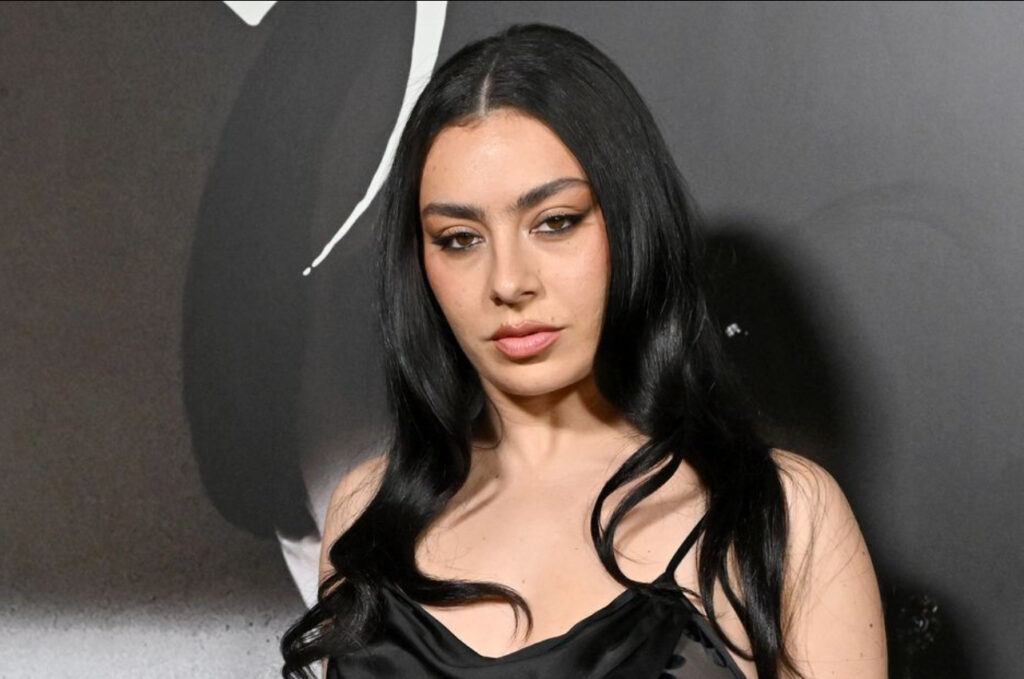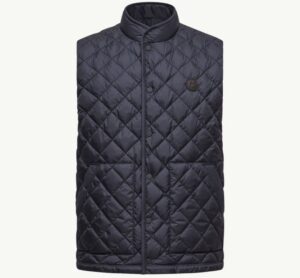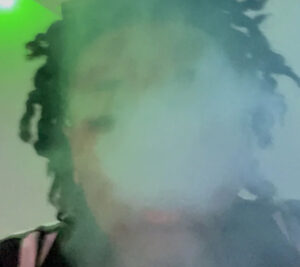a clip sample of the horror
Charli XCX has never been one to stay still. She’s built a music career not by finding a lane but by swerving constantly—between alt-pop, PC Music chaos, and mainstream hooks—while remaining defiantly herself. Her 2024 album Brat cemented her status as pop’s most rebellious architect: neon green, metallic sharp, and ruthlessly self-aware.
But while Brat Summer may have dominated social feeds and dance floors, what comes next feels even more radical. With multiple film projects announced—including a lead role in the upcoming Faces of Death remake, a self-conceived A24 project (The Moment), and now, a collaboration with Japanese cult filmmaker Takashi Miike—Charli XCX is stepping into a new role: actress, producer, and potential horror icon.
Not just horror, but what we might now call Brat Horror.
Brat Horror: A New Subgenre or a New Era?
The term “Brat Horror” may sound like a cheeky evolution of “Brat Summer,” but it captures something more substantial. If Brat the album was a reclamation of attitude—of difficult femininity, fame fatigue, and aggressive self-expression—then Brat Horror might be its visual echo. It’s horror for the too-online, too-smart, too-ironic. It’s blood-soaked but emotionally literate. It smirks as it bleeds.
Charli’s involvement in Faces of Death already hinted at this shift. The original 1978 pseudo-documentary was infamous for intercutting real and staged death footage to horrifying effect. The remake, helmed by Cam director Daniel Goldhaber, promises to strip away the shock-bait premise and rebuild it as a modern thriller. Charli isn’t just playing a role; she’s helping define the tone—balancing media obsession, internet nihilism, and a rethinking of mortality as viral spectacle.
But her most surprising move is the Miike project.
The Miike Factor: Madness as Method
Takashi Miike is not subtle. His films—especially his internationally known works like Audition (1999), Ichi the Killer (2001), and Visitor Q (2001)—are exercises in extremity. He explores perversion, ultraviolence, and taboo with surgical precision and utter abandon. Where most directors imply, Miike shows. Where others stop, he keeps going.
His pairing with Charli XCX isn’t intuitive. And that’s exactly why it works.
Charli has always toyed with persona, with the boundaries of authenticity and performance. Her music videos—from “Vroom Vroom” to “Good Ones”—contain horror imagery in disguise: manipulation, loss of control, women performing themselves into oblivion. Working with Miike means turning those metaphors literal.
It’s a partnership that could either implode or redefine what pop-horror can be.
From Sound to Screen: Why Charli’s Acting Pivot Matters
Celebrity crossovers aren’t new. Musicians act. Actors release albums. But most do it for clout. Charli’s cinematic turn feels different. She isn’t playing it safe. She’s not easing into rom-coms or prestige dramas. She’s jumping headfirst into the darkest corners of genre storytelling.
And she’s not just in the films—she’s producing. Her involvement in The Moment, reportedly based on her own original idea, shows that this pivot isn’t about cameo status. It’s about authorship.
She’s choosing risk over ease. Cult directors over commercial ones. Horror over comfort. It’s consistent with everything that’s made her compelling in music: refusal to conform, total creative control, and an eye for the avant-garde.
Horror and Pop: A Natural Pairing
Horror and pop music have always danced together. Think Thriller. Think Lady Gaga’s Born This Way era. Think of the theatrical violence in FKA twigs or Billie Eilish’s visuals. Pop stars often flirt with horror imagery as metaphor for fame, body control, or alienation.
Charli, though, seems poised to move beyond the flirtation. With Faces of Death, she dives into the commodification of death in media. With Miike, she ventures into something stranger—possibly more spiritual or perverse. With The Moment, we may see horror as autobiography, a reflection of digital burnout and the performance of self.
This isn’t Halloween dress-up. This is genre as personal language.
Brat Horror’s Potential: Who’s It For?
If we take Brat Horror as a cultural wave—anchored by Charli but reflective of a wider shift—who does it speak to?
It speaks to women raised on the internet, fluent in irony, exhausted by performance. It speaks to those who’ve seen every trope and are hungry for the meta. It speaks to fans who grew up with A24’s arthouse slashers and are now ready for something dirtier, more self-aware, more mean.
Charli doesn’t sanitize her themes. Neither does Miike. Together, they may usher in a kind of horror that’s feminine, violent, and deliberately difficult—a counterweight to the sanitized spookiness of mainstream thrillers.
The A24 Effect: The Moment and Creative Control
A24 has long been the haven for indie directors and unconventional visions. Charli joining its stable of creatives feels inevitable. But The Moment is different because it’s hers.
Based on her original concept, the film is said to blur identity, love, and obsession—likely through a horror or psychological thriller framework. She’ll star alongside Nicholas Galitzine and Emma Corrin, two actors who have already proven range in emotionally layered roles.
That casting suggests something more intimate than spectacle. More Possession (1981) than Scream. More anxiety spiral than jump-scare.
What does it mean to lose yourself when you’ve built a brand on self-creation? What happens when the performance of being Charli turns inward, turns monstrous?
The Moment might answer that.
A Career Pattern: Subversion at Every Turn
This turn to film, and especially to horror, isn’t a detour for Charli—it’s a continuation.
Her musical career has been defined by subversion. She signed major-label deals and used them to release outsider pop. She collaborated with experimental producers years before the mainstream caught up. She’s written hits for others and left her own singles to decay online, unpromoted.
The horror genre—especially its modern, postmodern forms—offers the same artistic space. It allows for commentary, chaos, contradiction. It permits the grotesque as expression.
In this space, Charli is not shedding her skin. She’s evolving.
Why This Moment Matters
There’s something symbolic about this career turn happening now. The world is reeling from fatigue—emotional, political, digital. Horror, at its best, doesn’t distract from that. It exaggerates it. It amplifies the unease.
Charli’s presence in horror doesn’t “elevate” the genre. Horror doesn’t need elevation. But it does need new voices—those who can speak to an era defined by overexposure, parasocial chaos, and the mental strain of constant online existence.
Charli has lived that. And she’s ready to act it out, bleed it out, maybe even laugh at it.
Imprression
Brat Summer was loud, sweaty, chaotic. Brat Horror might be its shadow form—still loud, but darker, slower, more internal. And at the center of it is Charli XCX: not just pop’s trickster figure, but now horror’s newest (and strangest) muse.
Her choices—collaborating with Miike, authoring The Moment, reshaping Faces of Death—aren’t random. They reflect a desire to tell stories that aren’t safe, aren’t polished, and aren’t predictable.
That’s not just career expansion. That’s cultural authorship.
Charli’s world domination isn’t only through sound anymore. It’s through form. Through fear. Through blood. Through cinema.
The hellraiser era has begun.
No comments yet.







